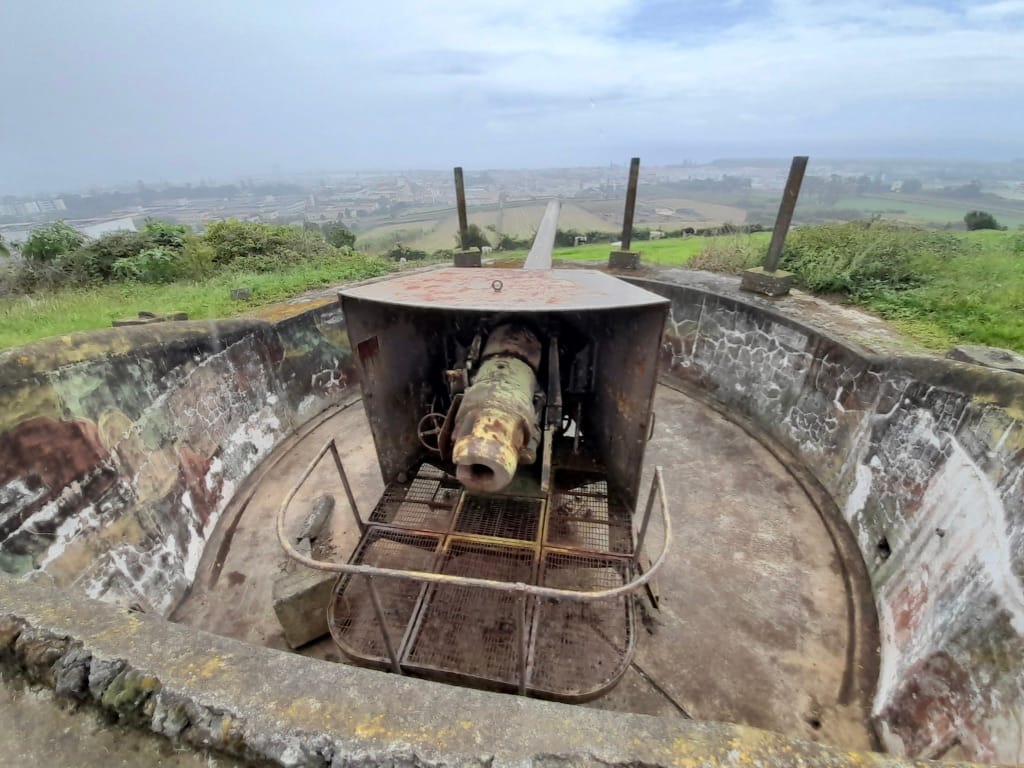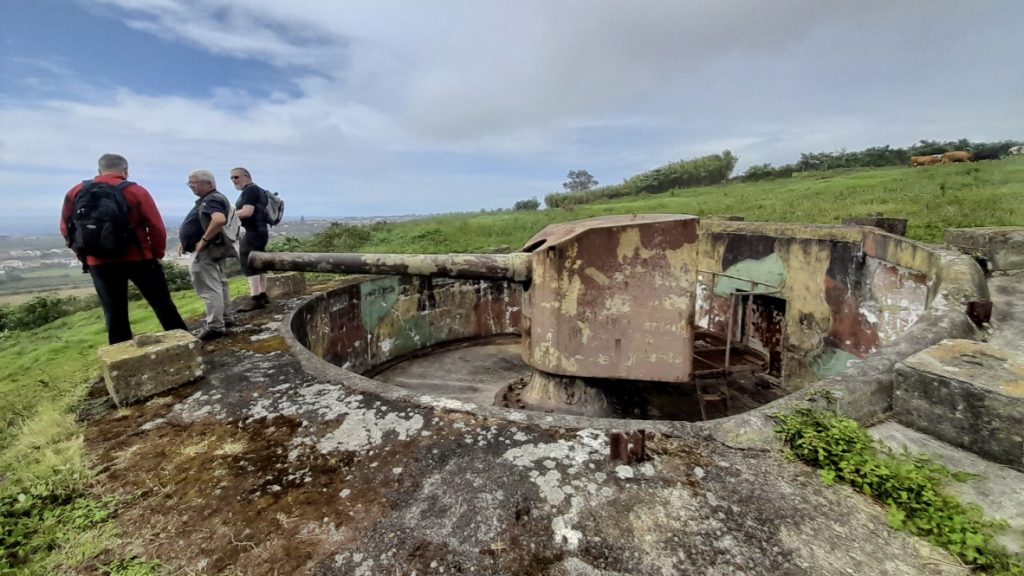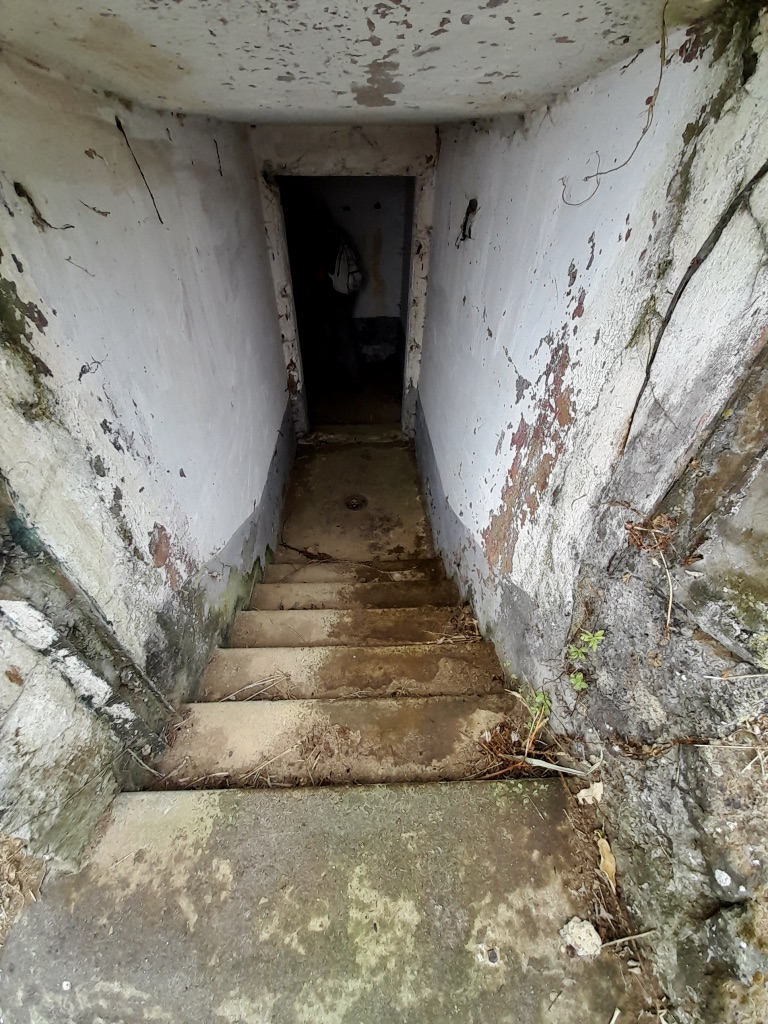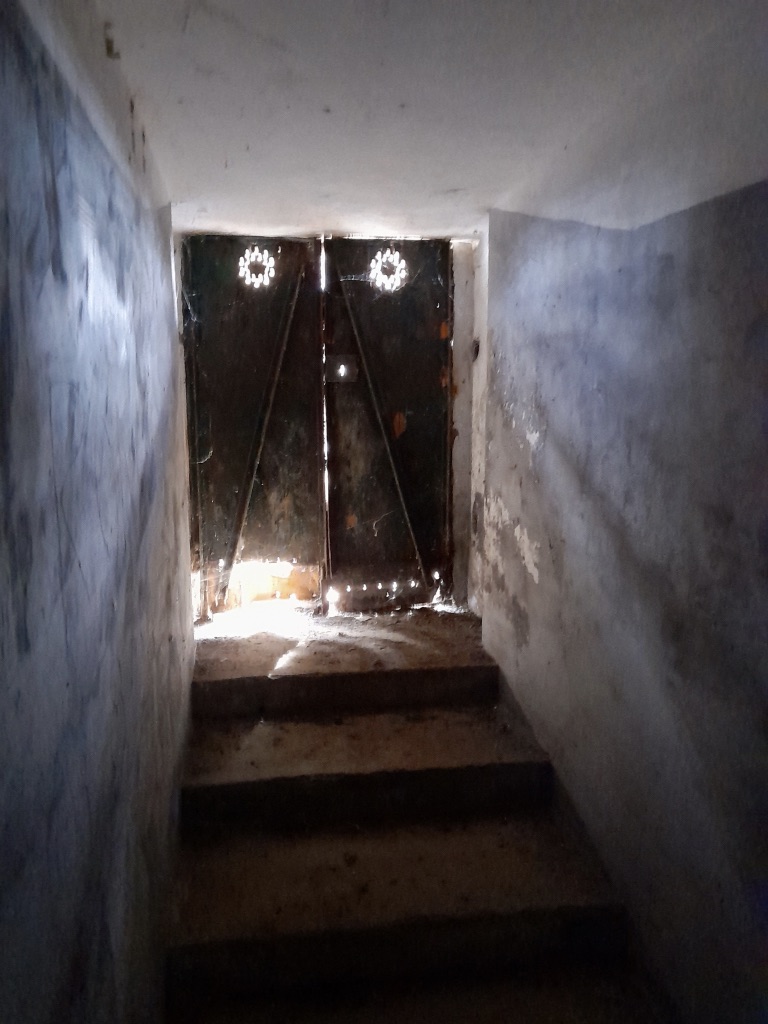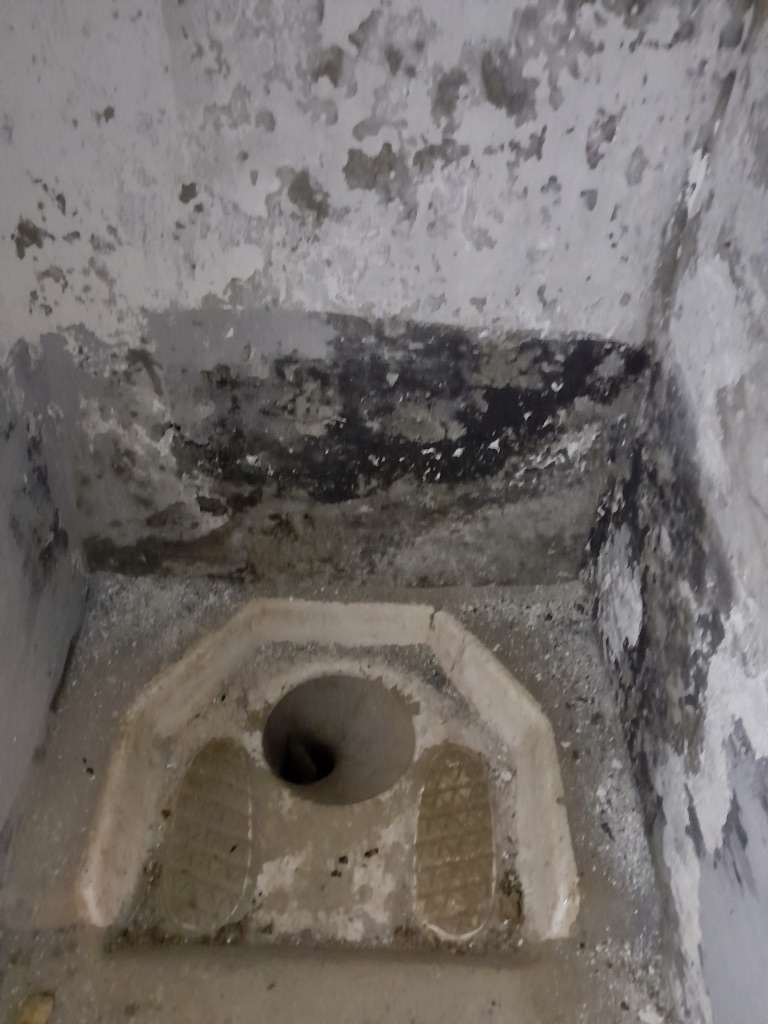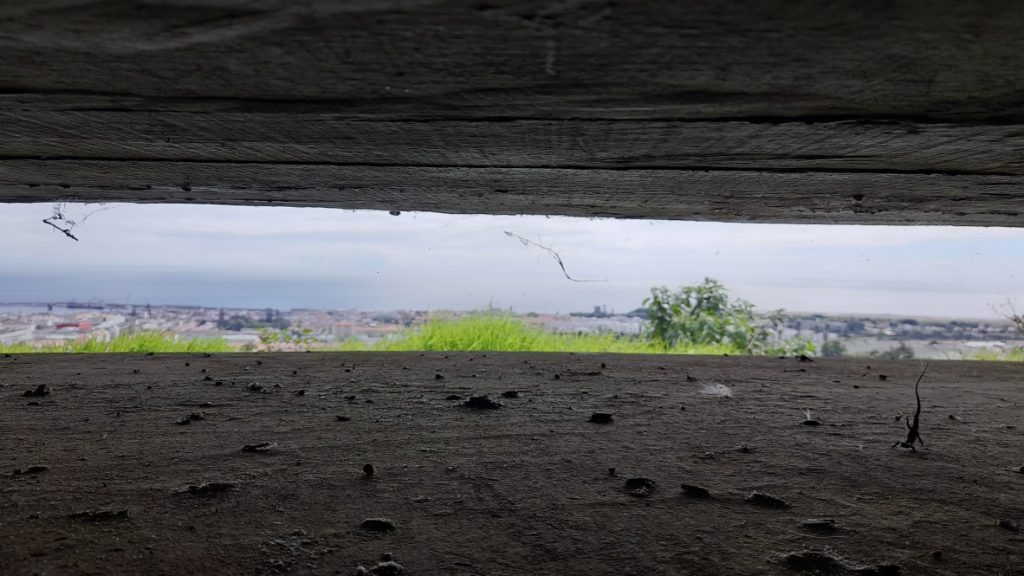At last we have our two new caches on Lon Eifion replaced, still can’t believe they went missing before they were published. Both are different containers than the original but are custom made. There are no hints so we have increased the difficulty ratings.
GCAAH62 Lon Eifion, Depend by 9 Usual Suspects Traditional D3/T1
GCAAH55 Lon Eifion, On the Defence 9 Usual Suspects Traditional D4/T1
This is the first Victoria’s Post Box cache in North Wales and only the second in Wales.
GCAB5H7 Victoria’s Post Box #170 – Llanfaglan by Clueless_Goose Letterbox D3/T1.5
All the other caches published this week are premium member only.
Premium Member Only
GCABBGQ Togetherness by Clueless_Goose Traditional D3.5/T1.5
Congratulations to Dawn, escapefromwork, on her 4th anniversary of geocaching and placing a new series of 5 caches to mark this occasion.
GCABEYH Happy Anniversary by escapefromwork Traditional D1/T1
GCABEYT Happy Anniversary 2 by escapefromwork Traditional D1.5/T1.5
GCABEZ7 Happy Anniversary 3 by escapefromwork Traditional D2/T1.5
GCABEZM Happy Anniversary 4 by escapefromwork Traditional D2/T1
GCABF07 Happy Anniversary 5 by escapefromwork Traditional D1.5/T1.5
Event Reminders
It is a busy week for events with 3 local and the start of Piratemania.
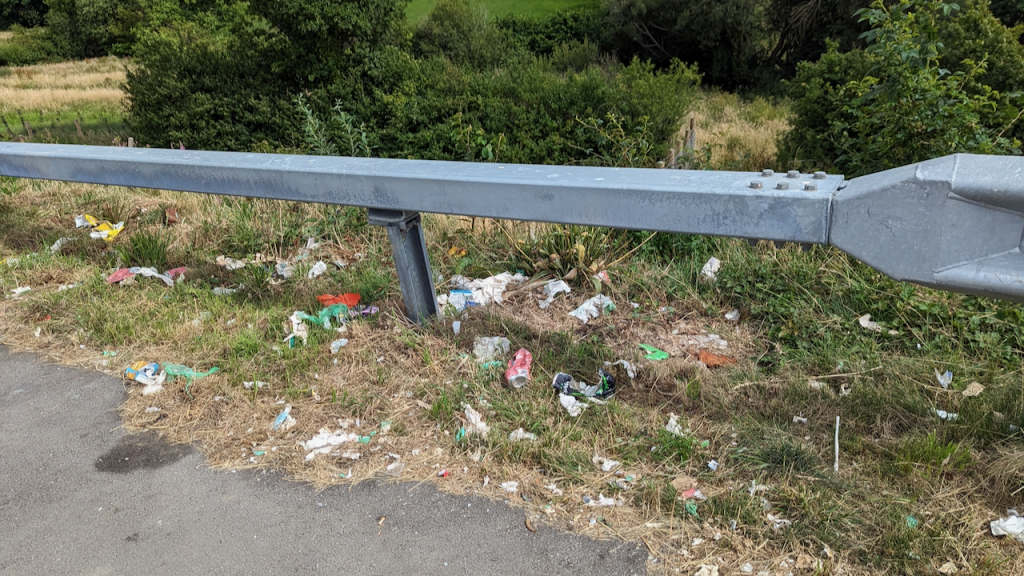
GCAB60H CITO, A487 South, Quick Pick by 9 Usual Suspects D1/T4
When: Sunday 23rd July 2023
Where: Lab-by, Caernarfon By-pass
Time: 11-12pm
Please note there is a very steep bank involved in this litter pick. Parking is limited at the published coordinates, if anyone could car share it would be appreciated.
Note: This not a souvenir event
I am hoping that the current weather forecast for Sunday is not correct.
GCAB75D The great garden of Gwynedd by Young Heed Event D1/T1.5
When: Monday 24th July 2023
Where: Garth Point Garden, Bangor
Time: 5-5.30pm
Young Heed is attending a conference in Bangor and would like to meet local and not so local geocachers.

GCAB6AZ 9 Usual Suspects – Nosh & Natter 59 by 9 Usual Suspect D1/T1
For this months N&N we will be visiting The Cube a kebab/burger van at Brynrefail, a quick catch up before we head off for Piratemania. Our last event here was way back in April 2017. Let’s hope for a dry, warm, sunny evening!
When: Wednesday 26th July 2023
Where: The Cube, Brynrefail, Llanberis
Time: 6.00pm to 7.30pm or when the last person leaves
Please note the earlier start time.

